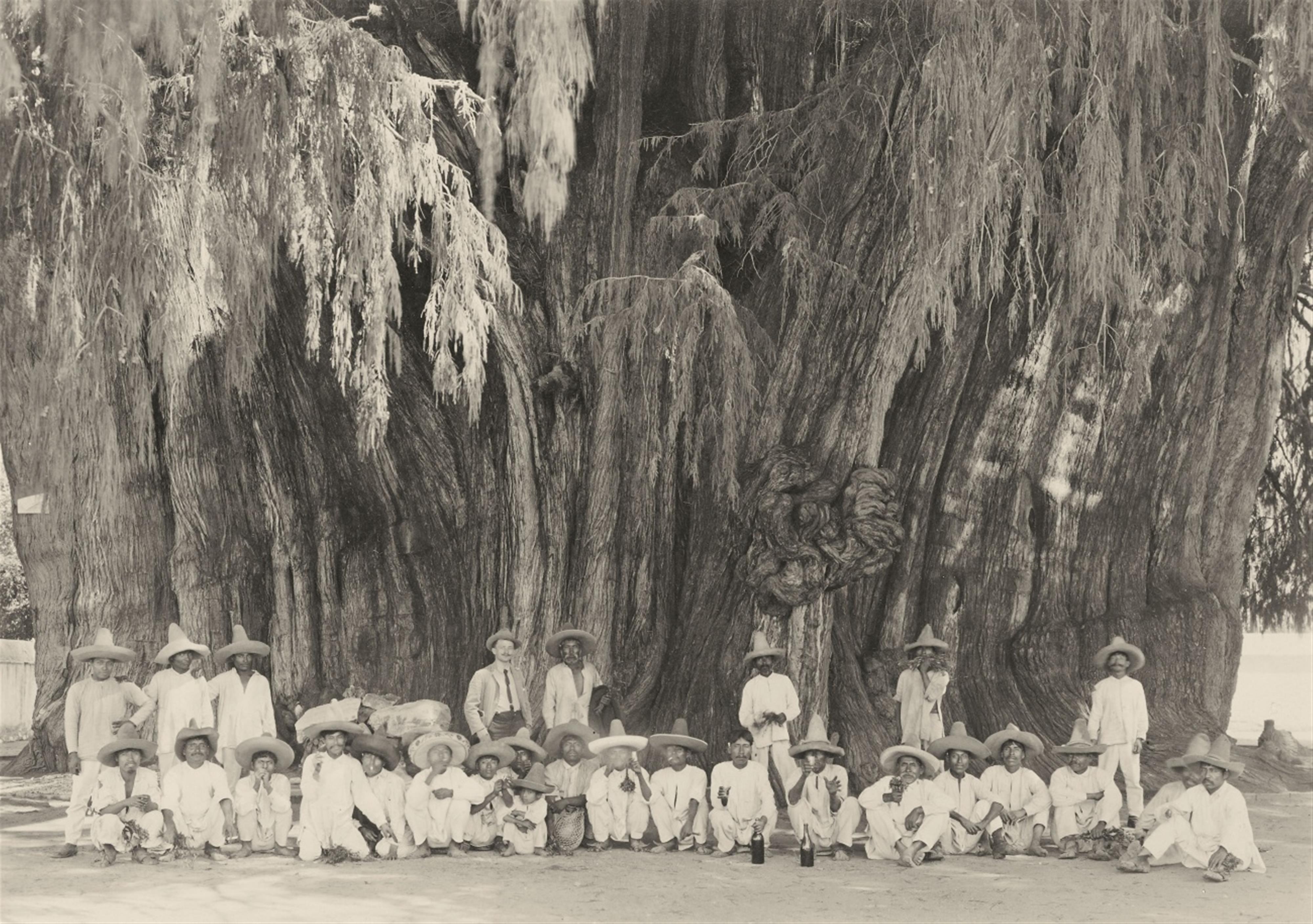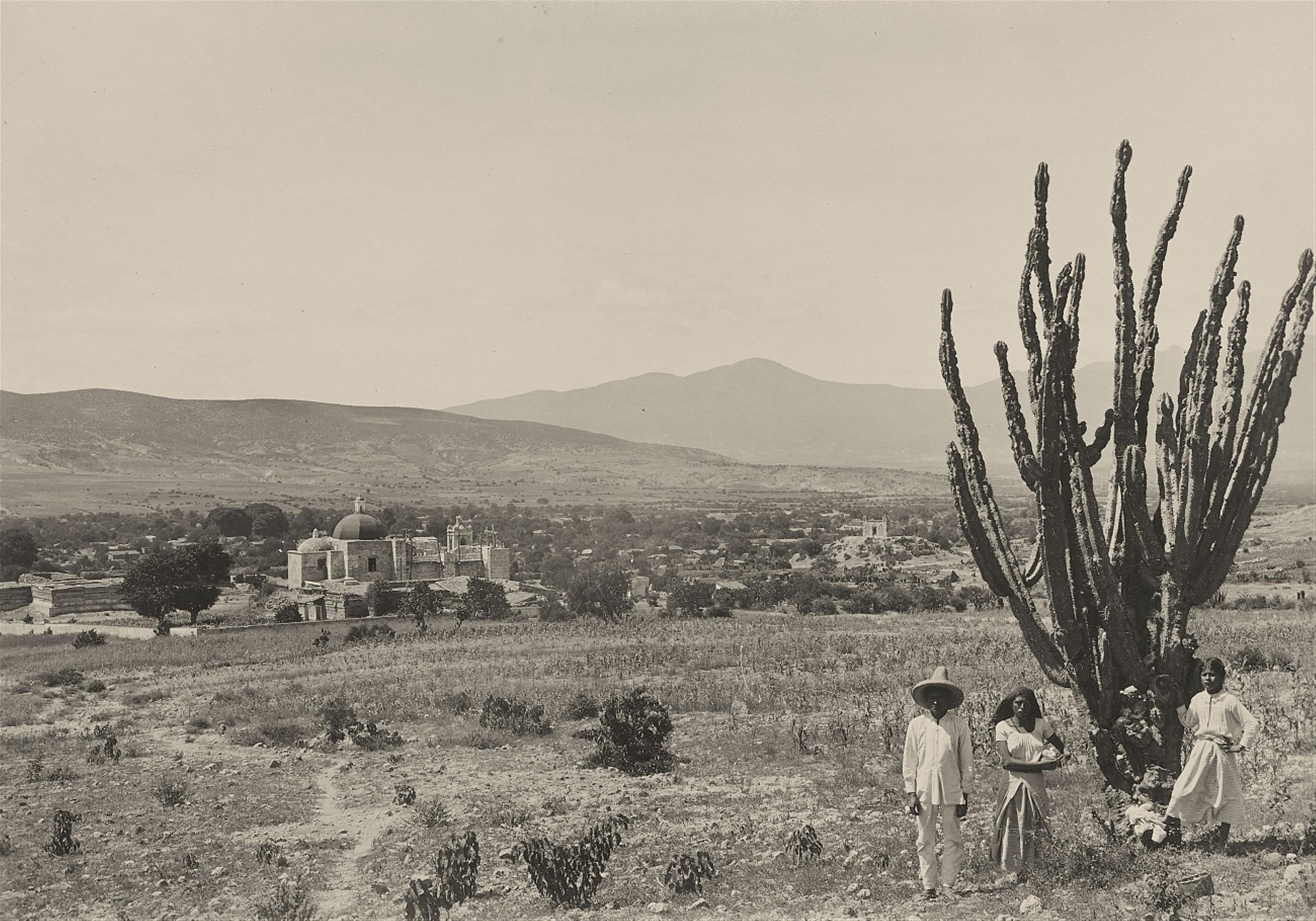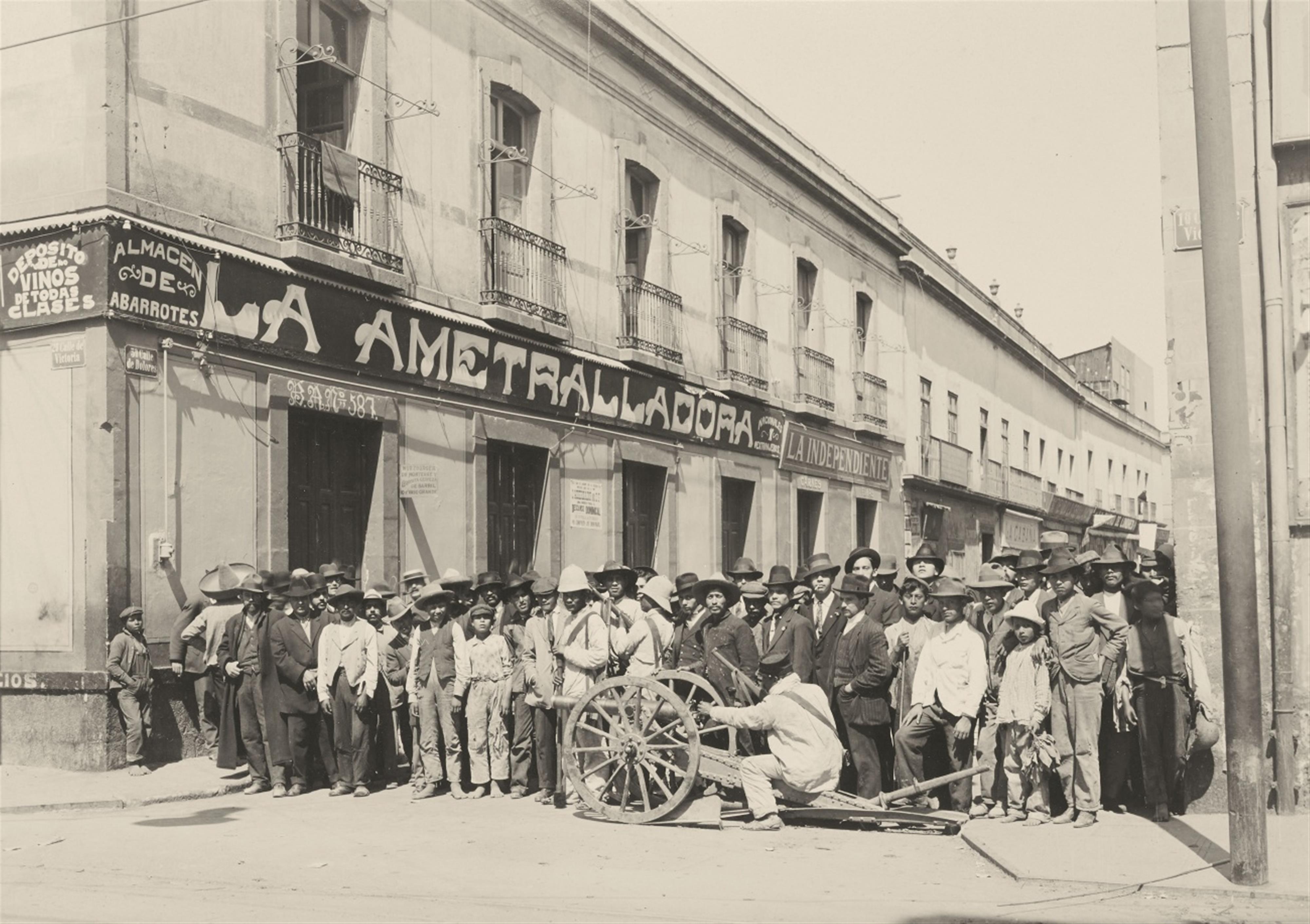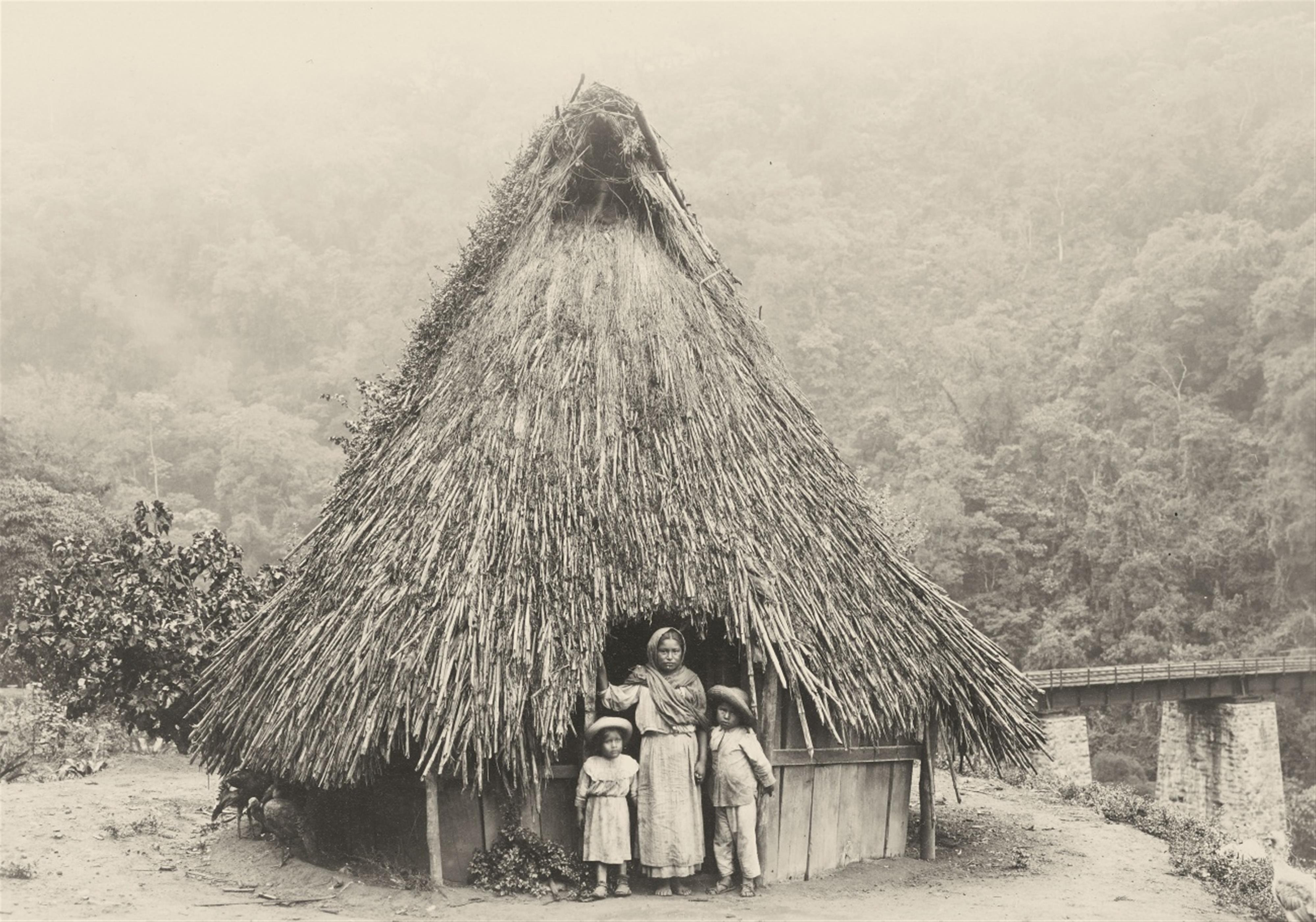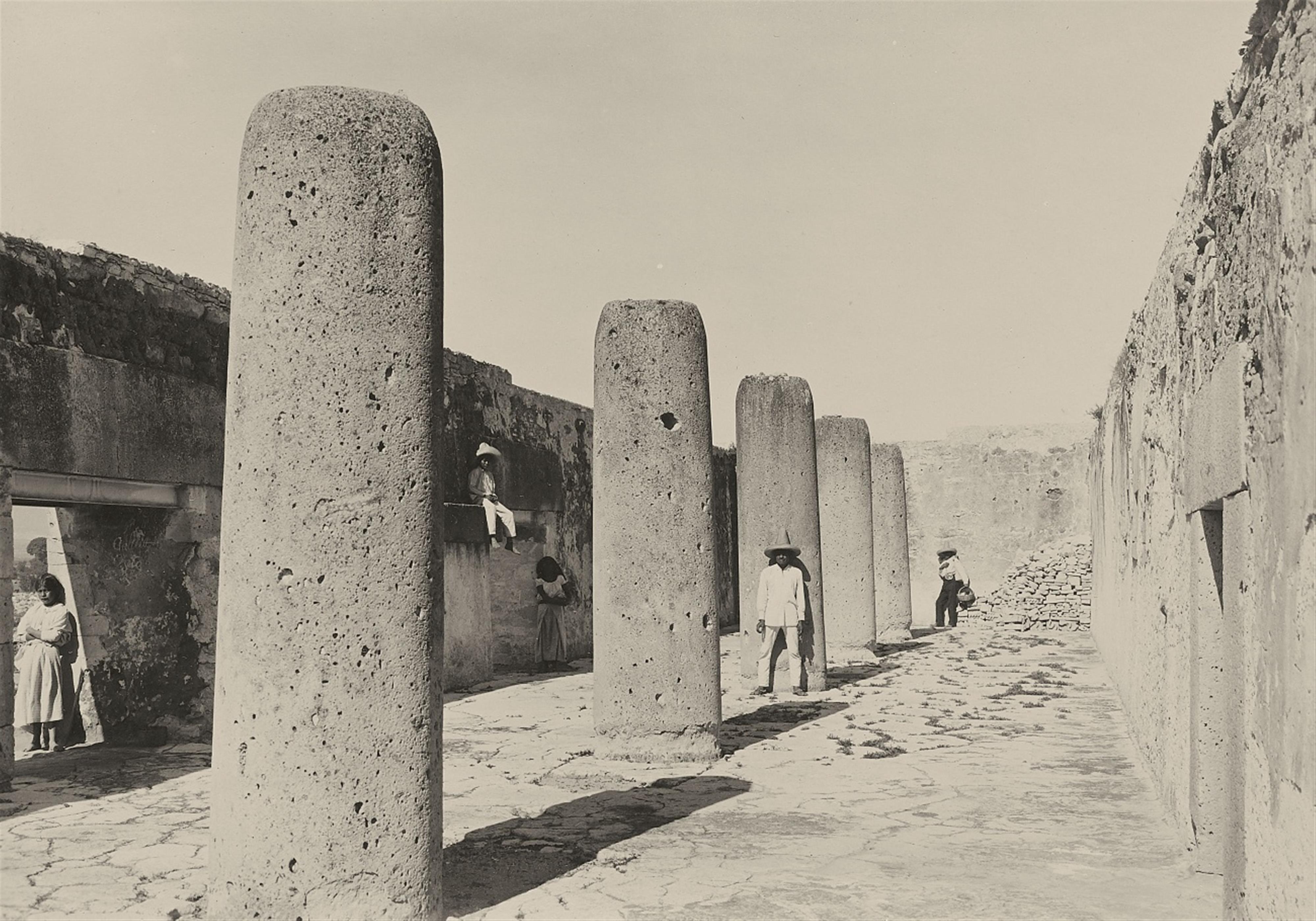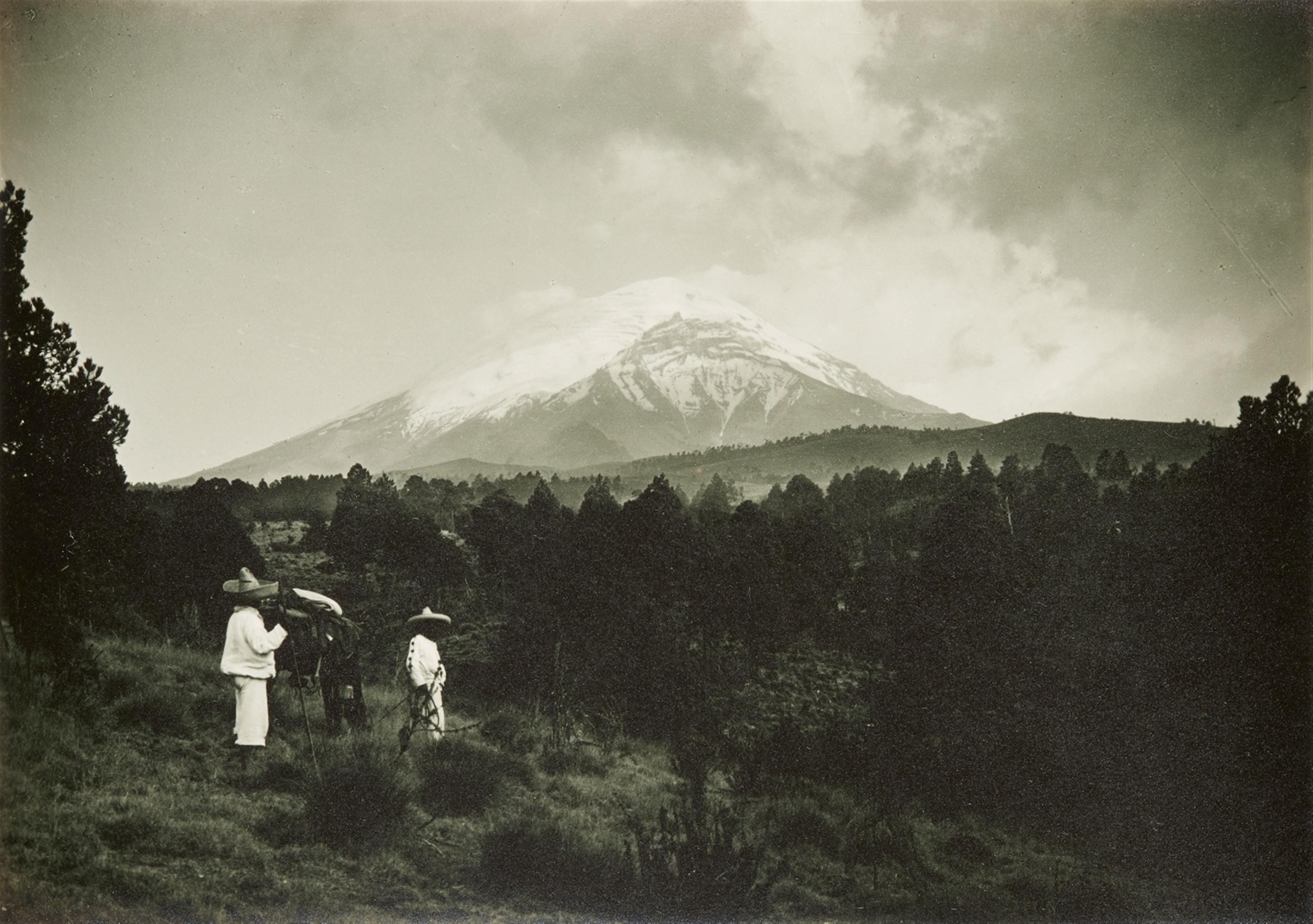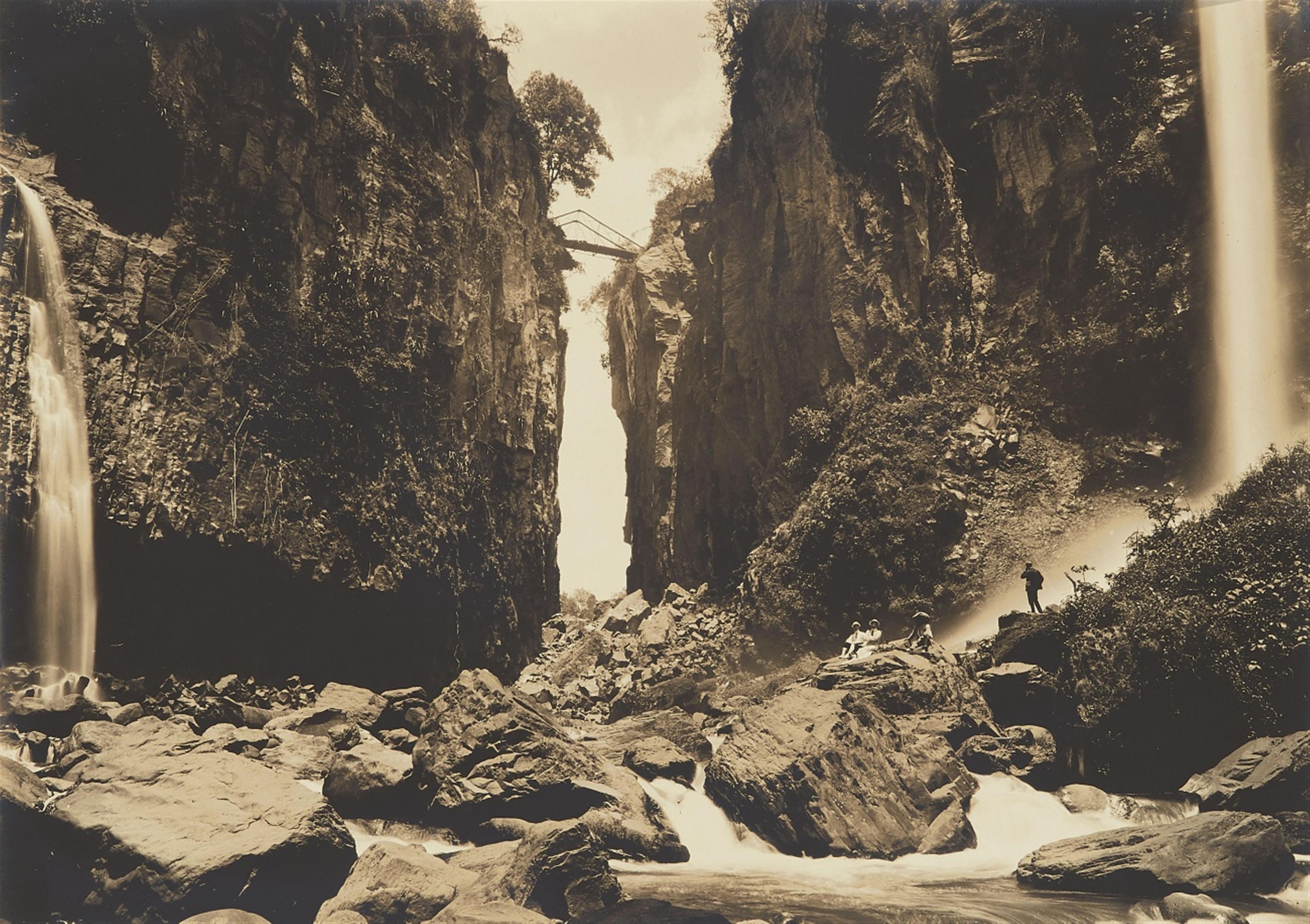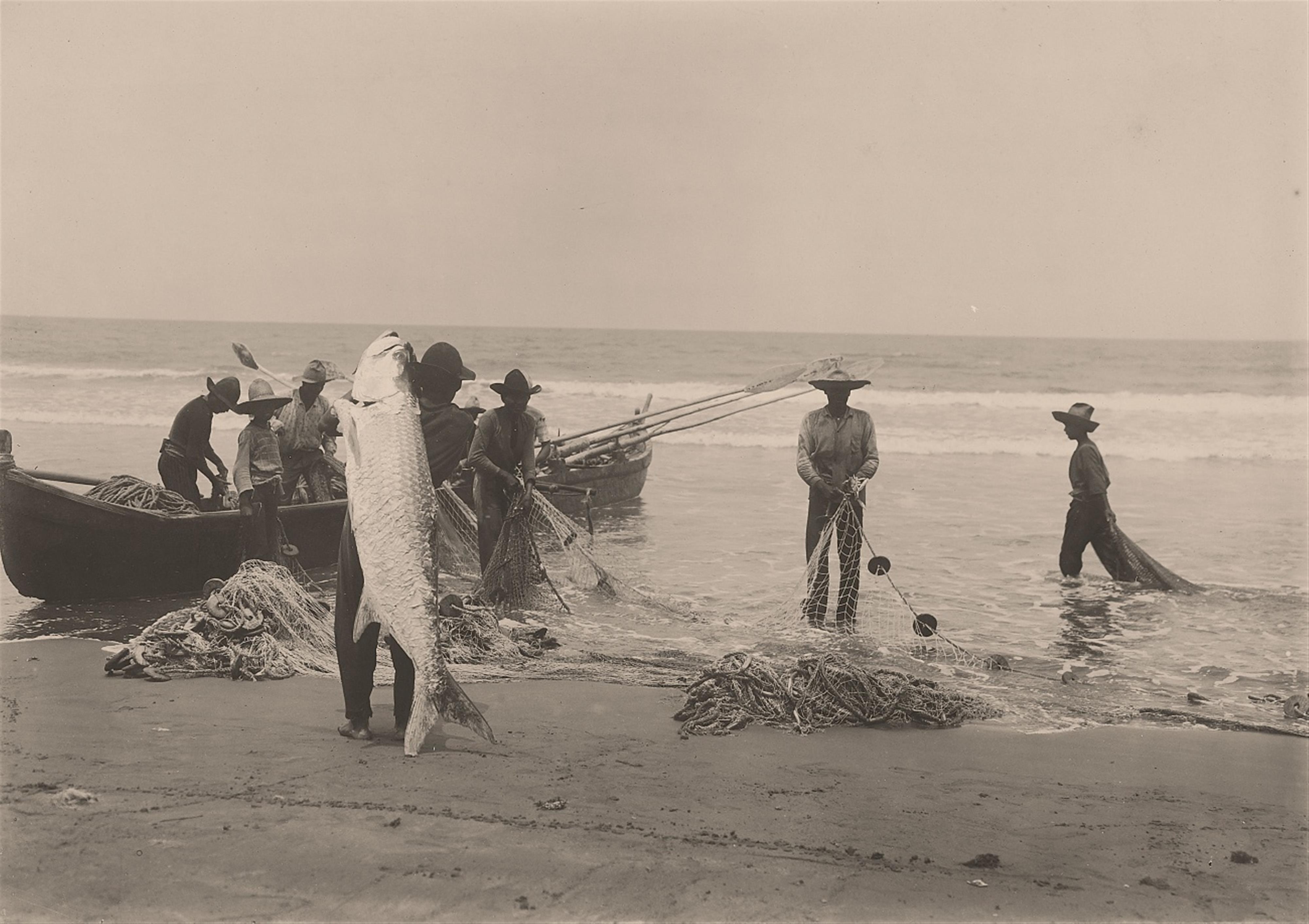Hugo Brehme
Untitled (Views of Mexico)
1910s/1920s
173 gelatin silver prints, printed 1920s. Each print approx. 11.8 x 17 cm (12.6 x 17.8 cm), portrait and landscape formats. Each titled and numbered by Hugo Brehme or one of his assistants in pencil on the verso. 20 prints with photographer's stamp on the verso. 4 prints stamped 'W. Melchert' on the verso. - The group in good to very good condition..
“With a passionate love for the beauty of our urban and rural panoramas, he has travelled throughout the Republic in order to, whenever a place captivated him, press the shutter with a sure eye for great shots. His collection of Mexican images includes some 20,000 photographs, and among them there is not one that does not reflect a charming view,” according to an essay on Hugo Brehme's photographs published in the summer of 1930 in the magazine Nuestra Ciudad. Born in 1892 in Eisenach, Thuringia, Brehme, who trained as a photographer in Erfurt, emigrated to Mexico in 1908 at the age of 25. Since the 1910s, the comprehensive photographic oeuvre he produced there, has found its way into numerous European as well as Latin and US-American, popular and scientific book publications on the country. In 1923, his book Das malerische Mexiko was published by Ernst Wasmuth in Berlin, followed two years later by Mexico. Baukunst, Landschaft,Volksleben as part of the Orbis Terrarum series of the same publishing house. Publications in national and international journals, but above all sales in the form of postcards not only contributed to the widespread distribution of Hugo Brehme's photographs, but also to the formation and consolidation of Mexico's image in the 20th century.
Thematically and stylistically, Brehme, as the title of his first book suggests, is entirely in keeping with the painterly and photographic tradition of the 19th century. He does not focus on the changing, modern, urban Mexico with its social upheavals and political instability. It is rather an idyllic, even archaic image, shaped by the foreigner's view of the “exotic”, which the photographer designs and exports very successfully. The expanse of the Mexican landscape with its volcanoes, cacti and agaves, the colonial buildings interspersed in this landscape and pre-Columbian ruins, farmers and villagers dressed in typical national costumes at their daily work, all this belongs to a traditional “Mexican iconography”. According to Jesse Lerner, Brehme “made a considerable contribution to the dissemination of a Mexican visual vocabulary that surfaced with the cultural renaissance induced by the revolution [...] and that served to invent a Mexican pictorial program.” (cited from: Dennis Brehme, Hugo Brehme. Ein Leben zwischen Tradition und Moderne, in: Michael Nungesser (ed.), loc.cit, p. 20).
If the literature on Hugo Brehme repeatedly mentions that he showed little interest in contemporary historical events, then the recordings of the revolution - which began in 1910 and reached a bloody climax three years later with the„Decena Trágica" - on offer here are particularly noteworthy. Brehme not only documented the troops deployed in the centre of Mexico City and the buildings destroyed during the coup, but also took vivid pictures of the victims of the uprising.
The mostly sepia-toned Brehme prints presented here are distinguished by their technical perfection as well as by their consistently well balanced, carefully arranged composition. The latter bears witness to the trained eye of the photographer, who perceived himself more as an artist than as a craftsman and whose works were exhibited in the twenties alongside those of his now much better known colleagues Tina Modotti and Manuel Álvarez Bravo. In an interview, Álvarez Bravo acknowledged the importance that Brehme had played for his own photographic work: “He taught me to see the world through different eyes. Making the acquaintance of Hugo Brehme was the most important thing that happened to me at that time”. (cited from Dennis Brehme, ibid.). In 2004, the Ibero-American Institute in Berlin dedicated a first comprehensive exhibition to Hugo Brehme. In 2003, his photo archive was included in UNESCO's 'Memory of the World' program.
We would like to thank Michael Nungesser, Berlin as well as Gregor Wolff and Friedhelm Schmidt-Welle, both Ibero-Amerikanisches Institut, Preußischer Kulturbesitz, Berlin, for kind information.
Further images on request
Provenance
From the photographer to the great grandparents of the present owner
Literature
Hugo Brehme, Mexiko. Baukunst, Landschaft, Volksleben. Mit einer Einleitung von Walther Staub, Berlin 1925, with numerous ill.; Michael Nungesser (ed.), Hugo Brehme 1882 - 1954. Fotograf. Mexiko zwischen Revolution und Romantik, exhib.cat. Ibero-Amerikanisches Institut, Preußischer Kulturbesitz, Berlin/Thüringer Museum Eisenach, Berlin 2004, with numerous ill.

